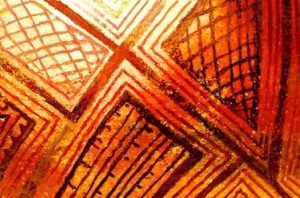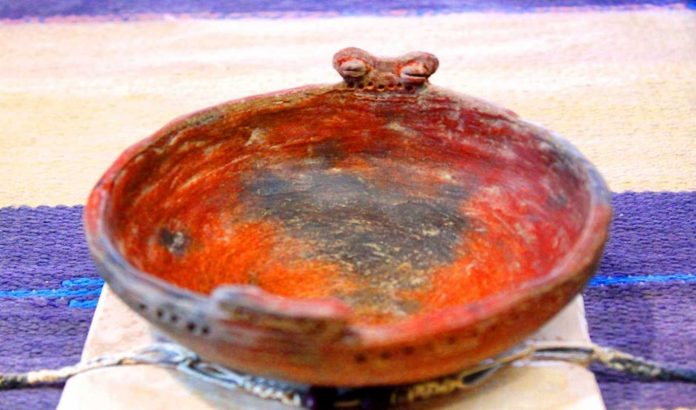Article by EtniaNativa call us 592 2 and book your experience!
ETNIA NATIVA,WHERE OUR HEART BEATS etnianativa03@gmail.com1hr to remember.
For our earth works the “silence” of ceramics is only apparent because nothing is more eloquent for those who know how to seek for those who have the authentic legacy wisdom “from my soul to your soul” without “intermediaries”.
For the ancients of the old world ArsMuta, were for those who proceeded “without words or sounds,” poetry and music being excluded from this category and the one that was harmonic for the ear was considered superior for using sound as a matter.

In this way, the potter’s trade, whether working with clay, with iron or with threads, etc. were considered subaltern or mute arts, mutating from one form to another. In this matter, the Church also despised these arts, which with vessels, tools and clothes served men, however the Church only accepted ‘the arts that dialogued with God’ such as music and poetry.
In the time of Martin Luther, it was said that the Devil hated music because it is pleasing to God, therefore the Devil likes the silent arts that work with inferior or carnal materials. By this concept we also understand the distrust that the Church felt for the arts and knowledge that required investigation and fire. As the Church was so influential and the disdain it had for ceramics was such that the craftwork did not even have a name until 1550 when Cipriano Piccolpasso wrote the first book, ‘I Tre Libri dell Arte del Vasaio’ (the 3 books of the art of pottery). Art of the Vasaio since the ceramic was known as ‘art of the vasijero.’ Art creating empty storage, but at the same time between the “silent arts” there was a distinction ‘ArsRegia’ that melted precious metals and the ‘ArsTerrea’ or clay with which rustic objects they made glasses and plates that the people used since the nobles wore silver and gold.

EtniaNativa clay works reflect our energy in mystical silence. Every shape and detail printed on what we create says something about who we are. Working with clay is a work of self-knowledge where creativity arises through emotion and fluency. EtniaNativa treats raw clay in the native traditional way. We identify the best material by hunting for raw clay. For this we distinguish high quality clay from the rest of the earth. Then adding water, we purify the material thus contributing to the cleansing process. During this stage the clay is purified and detoxified, dehydrating and thus we begin to mold our forms.
Our attention is focused on the geometric decorations and motives created by natives in the Dabajuroide style. EtniaNativa understands decoration as a communicative instrument.We trace these designs back to earthworks created by ancestral island inhabitants who used local clay for their ceramic containers and ritual objects.
To get to know more about Aruba and its origins, its animals and culture, we highly recommend you to book your visit for our renowned cultural encounter session has been entertaining curious participants for decades. Mail us at etnianativa03@gmail.comto confirm your participation. Our facilities and activities take place close to high rise hotels.












